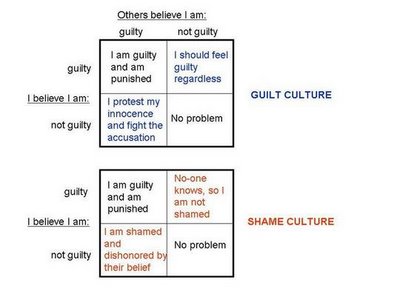 Inside the BIG problem of the new Enlightenment
Inside the BIG problem of the new EnlightenmentWhether your reading posts at science20, watching talks at TED, reading any of the self help books...
 Mel Gibson and Kanye West: Use as Directed
Mel Gibson and Kanye West: Use as Directed(Or, if you prefer, "Employing Utilitarian Eudaemonism.") Today's lesson will be about ad hominem...
 Canada: All the water you can buy
Canada: All the water you can buyAs you may or may not know, I am a member of the Council of Canadians.http://www.canadians.org/index...
 Promotive Eudaemonia
Promotive EudaemoniaThis is the second of two parts.Read part one hereIn this discussion we will attempt to perfect...









